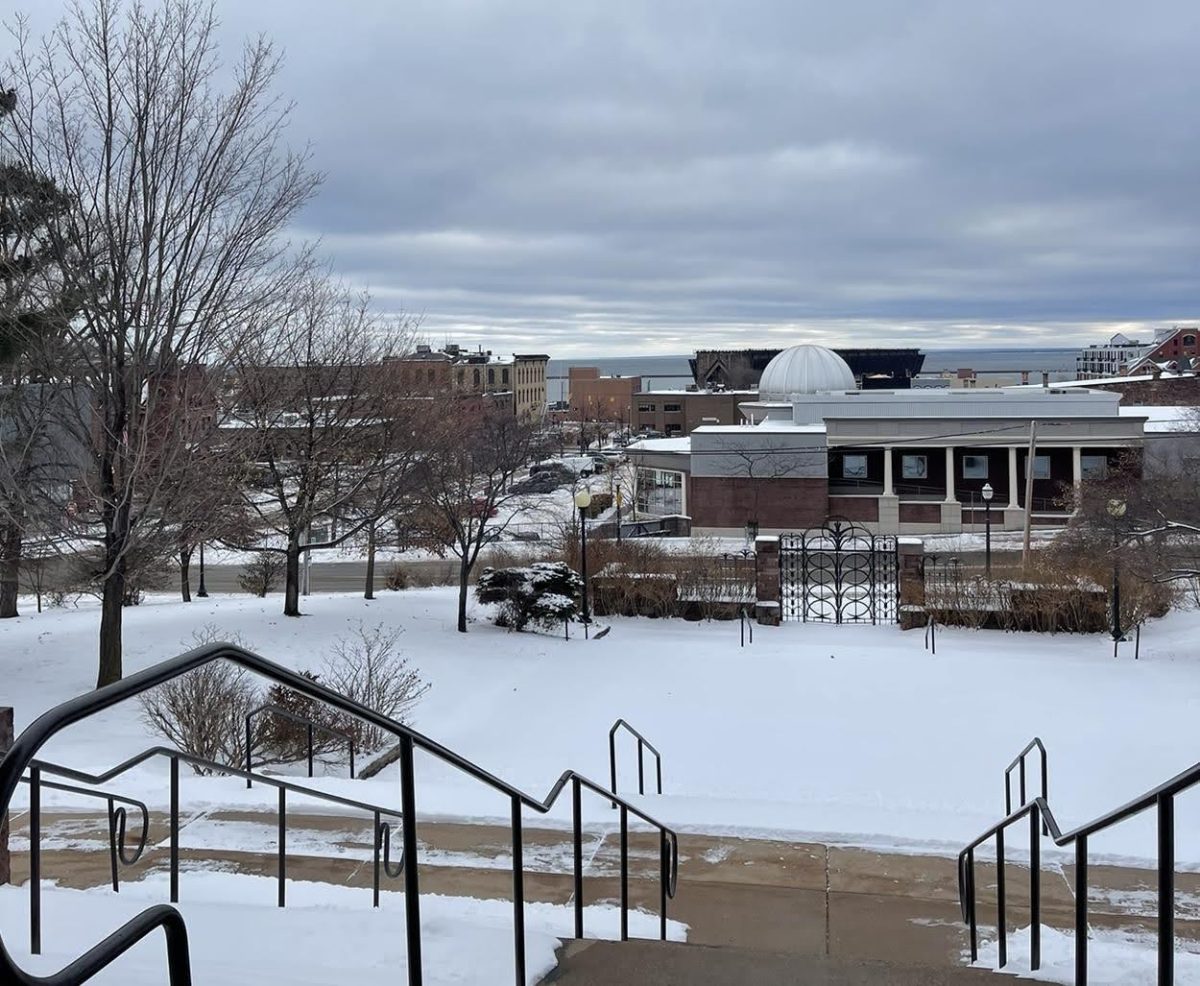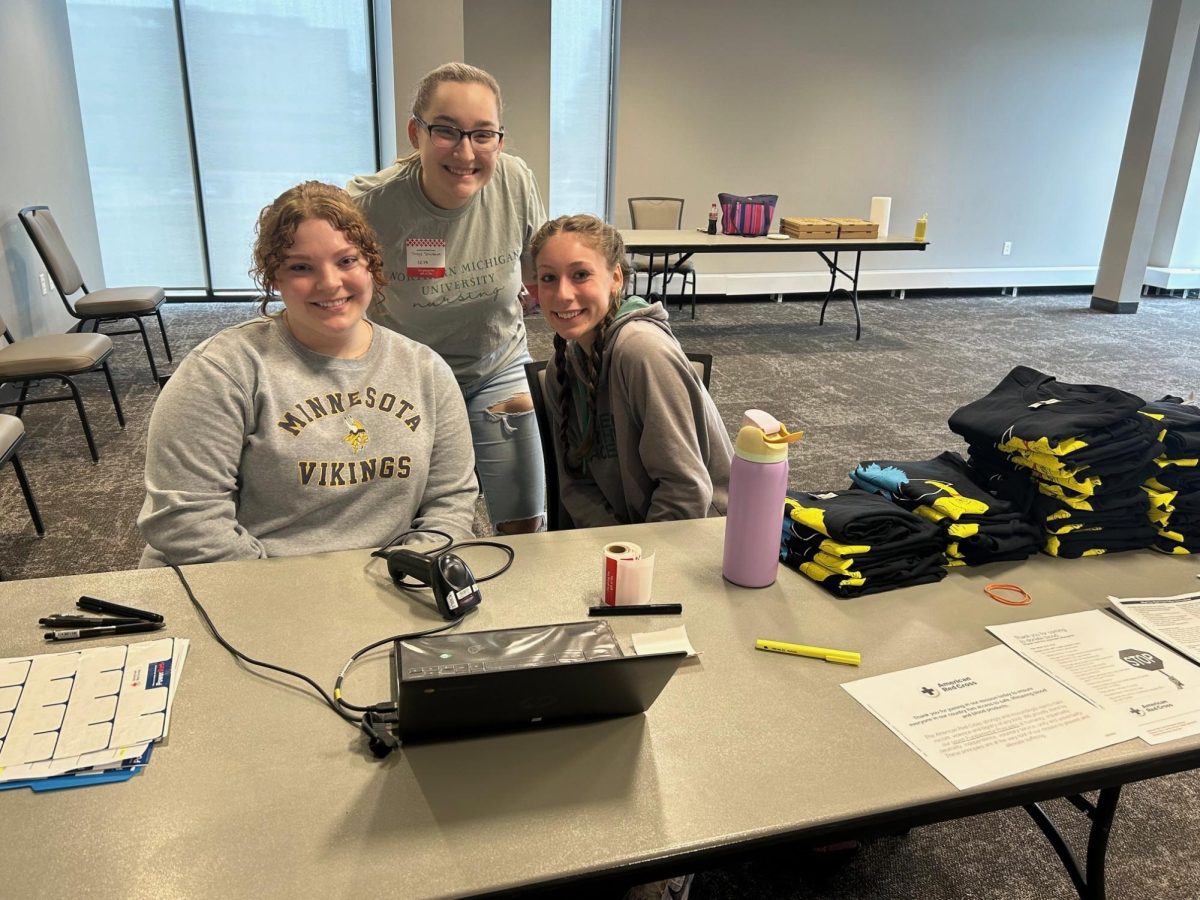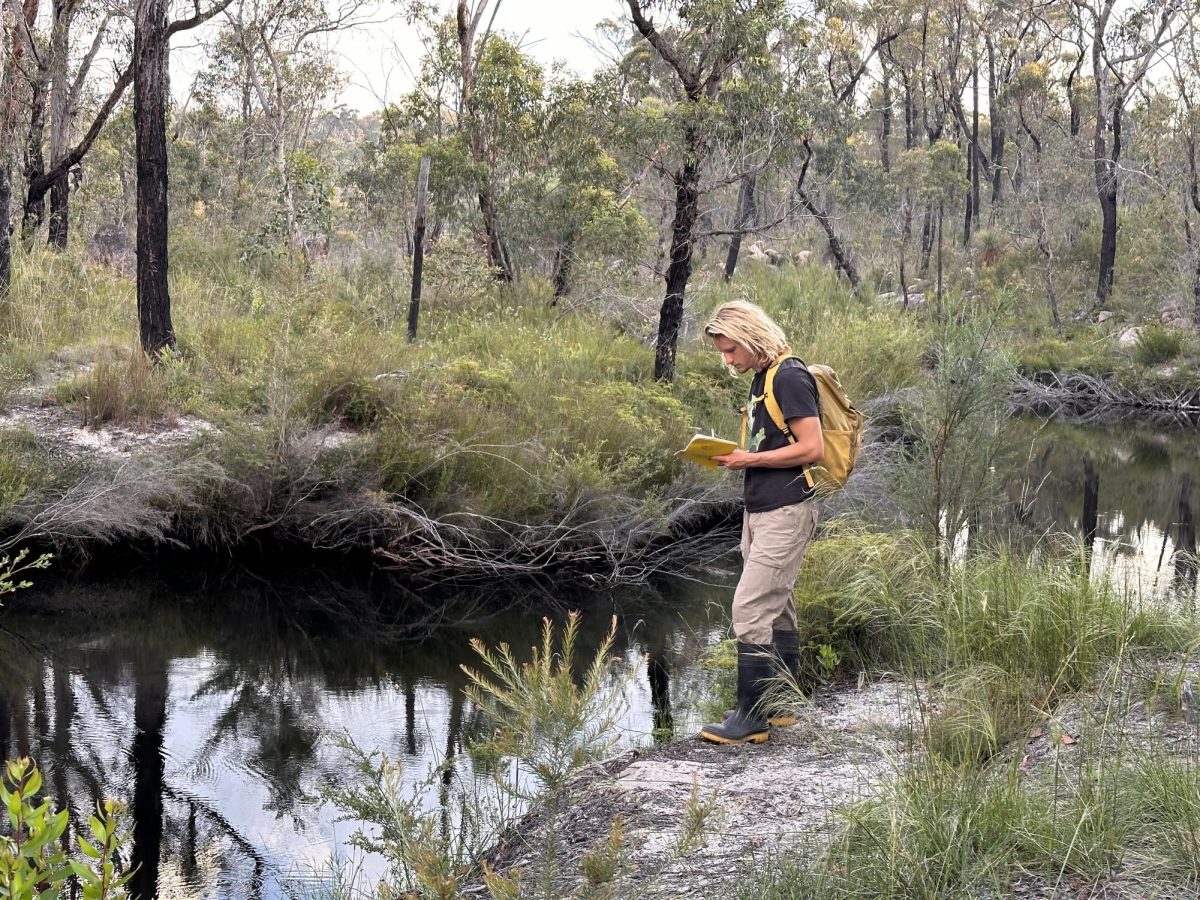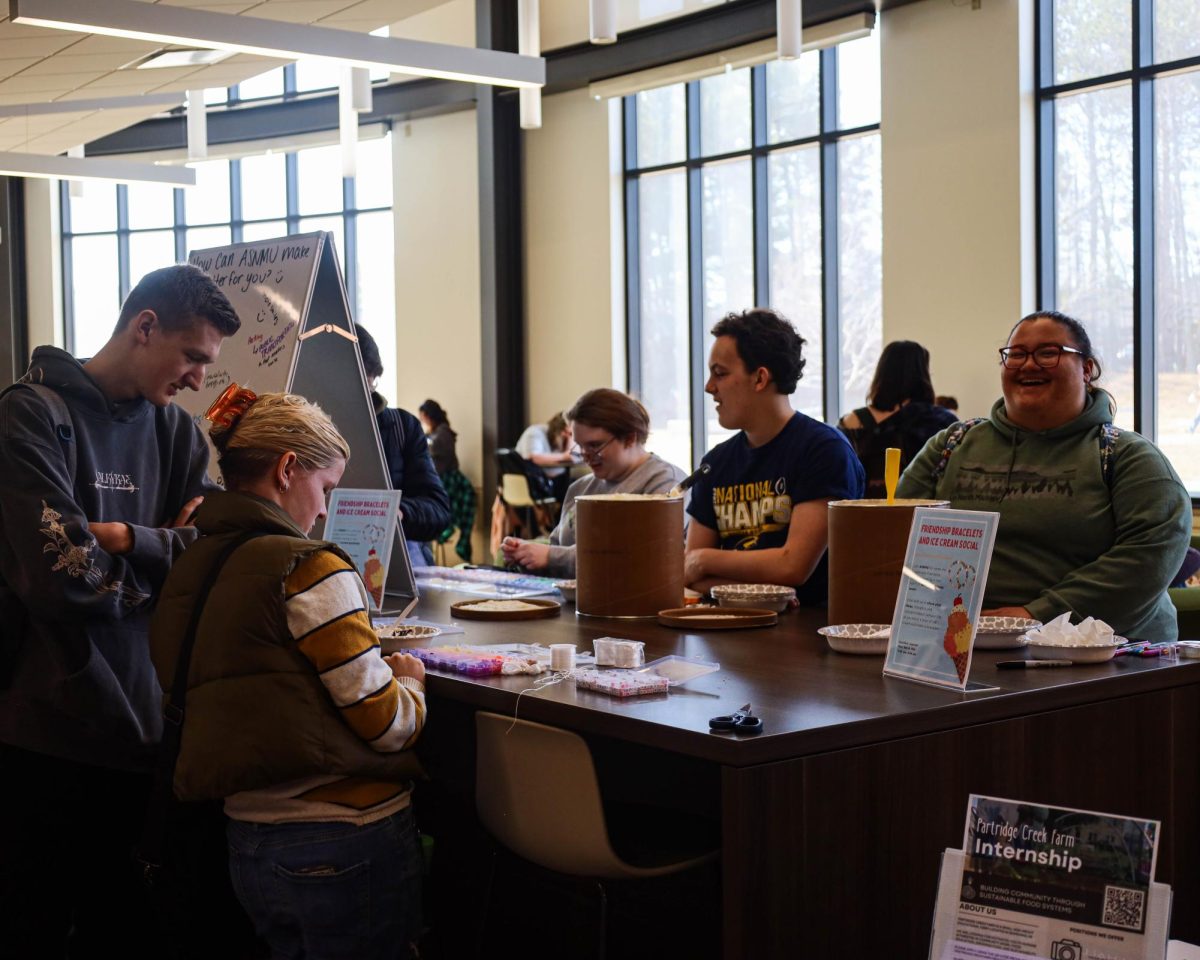First of all, this is not a record winter. Vanderbilt, Mich., home to the 45th parallel, saw negative 51 degrees Fahrenheit in mid-February 1934 (exactly 80 years ago). If anything, this winter used to be typical. Let the bitching cease now.

Second, there are silver linings to harsh temperatures. At least ecologically.
Out of Ann Arbor, the Great Lakes Environmental Research Laboratory confirmed that ice covering the lakes has hit 60 percent, a 25-year high and trumping 2013’s paltry 38 percent. Benefit: increased ice and snow cover will likely lead to increased summer water levels. Recent Great Lakes water levels have been consistently low. Count your blessings.
The emerald ash borer (EAB) has been ravaging Midwest ash trees since 2002. Over 50 million ash trees have died subsequently, according to John Flesher at the Weather Underground.
Hailing from Asia, the EAB is no fan of harsh winters and scientists across the nation have predicted a larvae die-off for the bugger.
Temperatures lower than negative 20 Fahrenheit typically yield a 50 percent mortality rate. According to Sean Meyer at London Community News, a 50 percent die-off is not significant enough.
Dispute as to who is correct exists. Meyer cites forest entomologist Taylor Scarr, who admits that EAB do fine in Moscow. However, the 50 percent die-off is a significant drop and will reinforce the work of agencies who combat alien species propagation.
I prefer to see the glass half full.
If your space heater sucks, warm yourself with thoughts of dying emerald ash borers.
























